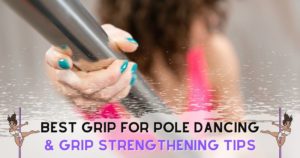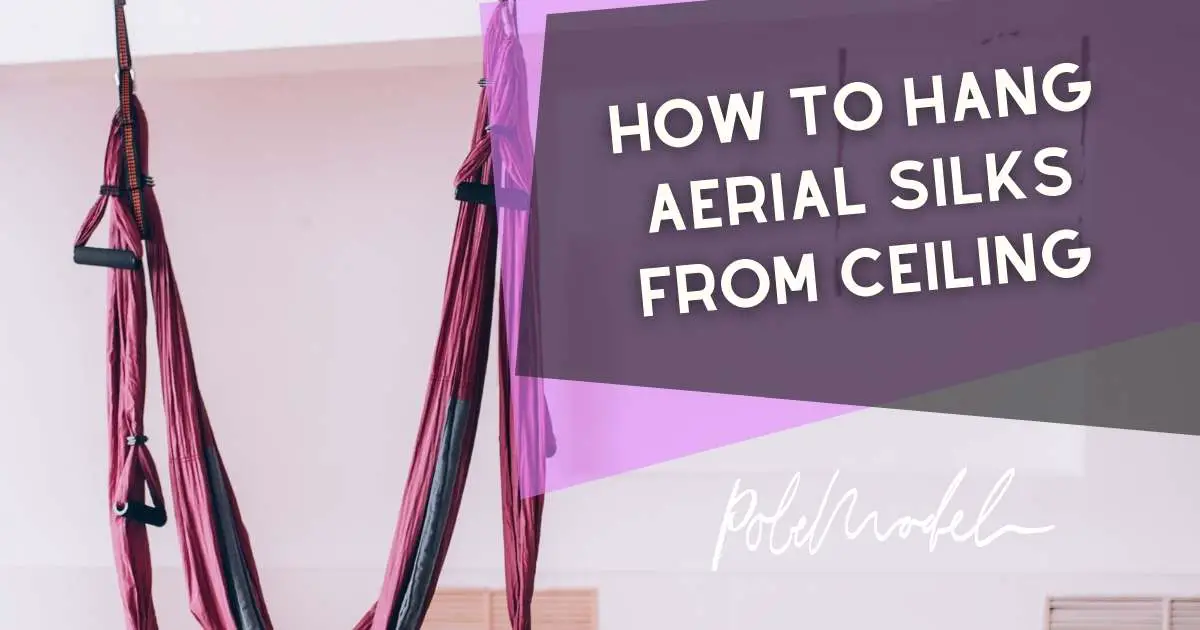If you want to know how to hang a Lyra hoop, you are in the right place! You are in the right place! We aerialists are looking for more opportunities to train outside the studio than ever before. There are times when an aerial point is a great idea, but more often than not, it won’t work for your home. Before you rig at home, consider the information in this article to ensure it’s done right.
In addition to working regularly with aerial riggers and rope access technicians, we have seen the good, the bad, and the ugly. Please feel free to contact a professional with questions. We want to keep you safe!

How to Hang a Lyra Hoop?
To hang a Lyra hoop safely, there are a few steps you will need to take. First, you will need to remove any existing tape from your hoop, and replace it with fresh sports tape. It is not recommended to add tape over old layers as it tends to leave ridges beneath the tape that can be uncomfortable.
Next you will need to determine whether you have a double point or single point hoop, and whether your hoop is hollow or solid.
Once you figure this out, you will move on to rigging using your nylon straps, shackles (used to hold the tab of the hoop onto the nylon strap), carabiners, and swivel. Now you are ready to install. Read on to find out how.
Alternatively, you can buy a standalone, pop up aerial set-up.
Consideration For Installing Aerial Equipment
To determine a beam’s load capacity and material, you need to know if it is wooden or metal. There are significant differences between these materials, so it is crucial to know what you are dealing with from the very beginning.
No matter if it’s a steel beam or a wooden joist, the rigging itself should still be done by a qualified professional. In this case, we would not be able to advise and you should speak to a structural engineer to ensure it can withstand the loads being applied.
Using A Steel Beam
A steel beam can be easily tested to see how strong it is before riggers are called in. Steel joists have standardized load values that can be found online based on their measurements.
Using Timber
Timber has many variations, and these can make a big difference when it comes to rigging. Timber beams cannot be guaranteed a WLL or BLL due to their natural characteristics, however, an engineer can assess the structure of the timber beam and report on its usability.
Simply supported beams have three zones. On top is a compression zone. This is where downward force pushes against the beam.
How To Install Your Home Aerial Equipment?
When installing your Lyra hoop or other aerial equipment there are a few common steps you’ll need to take.
Once you understand the equipment needed, you’ll then have to figure out how to attach it to the beam. It would be best to consult with someone with experience with rigging for circuses who can professionally install points for you to attach to without affecting the overall strength of the beam.
Screwing into the bottom of the beam pulls away a section of the beam from the screw. You will gradually reduce the strength of the beam as you take away a significant amount of the tension zone.
A wooden beam with the appropriate tension and compression zones can be fitted with the appropriate hardware. There are several conditions to be met, including preventing twisting or swaying of the beam. Someone other than a professional should not attempt this without consulting a structural engineer first.
If you don’t know how to rig aerials at home, it can be tricky and dangerous. Do your research, talk to the experts, and only use equipment that has been designed, tested, and certified for aerial work.
Ensure that all equipment is regularly inspected and replaced if damaged. Most importantly, enjoy yourself while training safely!
Conclusion
Lyra hoops should be hung safely by following a few steps. To begin, remove any existing tape from your hoop and replace it with fresh sports tape. Tape should not be applied over old layers because it tends to leave ridges under the tape that can be uncomfortable.
You will then need to determine whether your hoop is hollow or solid, and whether it is double or single-pointed. Having figured this out, you will move on to rigging using nylon straps, shackles (used to attach the tab of the hoop to the nylon strap), carabiners, and swivels.
For more quality content like this, be sure to check out the Pole Model Youtube Channel!
See you there 🙂









